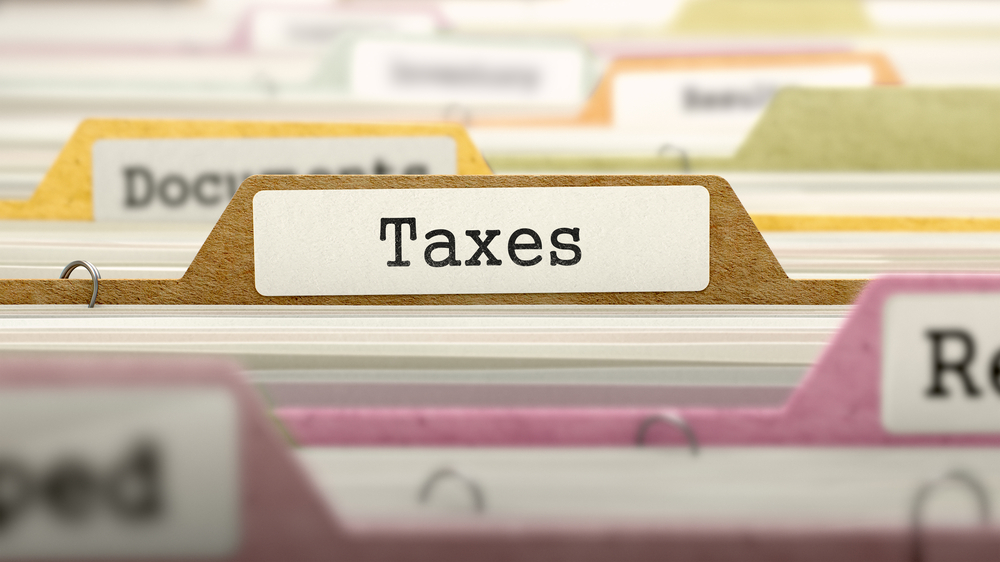“Tax planning” is a phrase many people associate with large corporations, the rich and powerful, or super-humanly organized accountant types.
Of course a business, with its complicated financial structure, needs to engage in tax planning, but ordinary people? Just get your paycheck, file your 1040, and you’re done. Right? Easy!
If you’re a young single person who works one straightforward job and doesn’t own property or have investments other than a savings account, then yes, it’s that easy.
For the rest of us, however, some basic tax planning can save you a bit of money and a lot of stress.
Collect documents
Have a single file (or box or folder) in a single place in your house. Throughout the year, drop all tax-related documents into that file: pay stubs, receipts, charity donations, receipts from any potential itemized deduction, medical bills, and so on.
If you prefer a paperless approach, scan and save all these items into a single file on your computer — and save it somewhere other than on your hard drive to protect you against data loss. Keep a copy on the cloud somewhere or on a USB flash drive.
This folder, hard copy or virtual, will make tax preparation substantially easier and less stressful.
Evaluate and compare your income
Look at this year’s income, and compare it to next year’s expected income. If there’s enough of a difference to shift your tax bracket, you can try to finagle your end-of-year donations or income to ensure that you have more deductions in the year you fall into a higher bracket.
Keep informed about the current tax code
The Tax Cuts and Jobs Act (TCJA) has changed a number of tax codes. It raises the standard deduction, but if you’ve been itemizing, it significantly reduces the number of allowed deductions and lowers the amount you’re able to deduct.
While this code is supposed to be in force through 2025, Congress has been known to pass adjustments from time to time, so keep a sharp eye on potential changes.
Keep up contributions to your retirement accounts
You can contribute up to the yearly maximum for the previous year through April 15, and if yours is a traditional IRA, that’s all to the good because maximum contributions mean maximum deductions.
Double-check your withholdings
Use one of the many available online tax calculators to check that your withholdings are in the sweet spot.
You want neither a huge refund, which means that you’ve been lending money to the federal government all year for free, nor a huge tax bill, which means that you’ve been living off money you don’t actually own.
You can ask your employer to adjust withholding at any time, and it’s important to keep on top of this process.
The bottom line
If you are self-employed, have an investment portfolio, rent out property you own, or stash money in a foreign bank account, possibly the best tax-planning tip would be to look into hiring an accountant. There’s a time to do your taxes yourself, and there’s a time to hand that job to the professionals.
This article is provided by EveryIncome.









